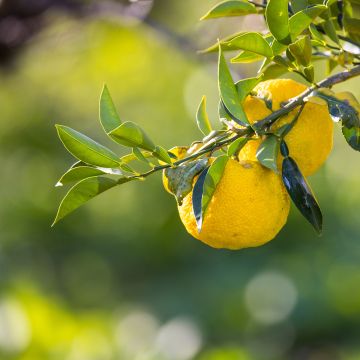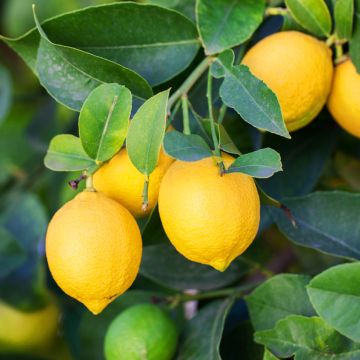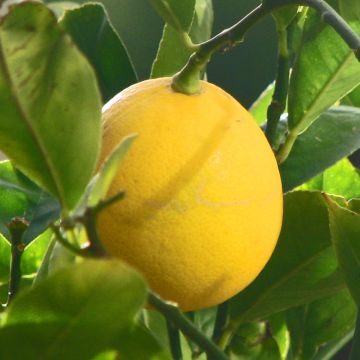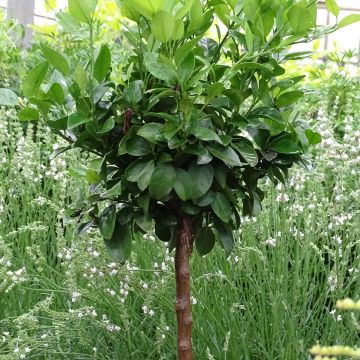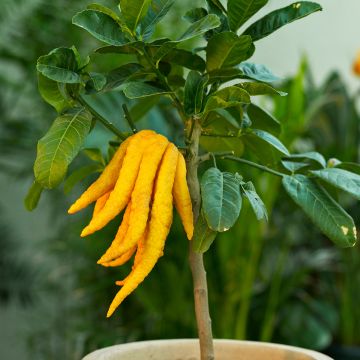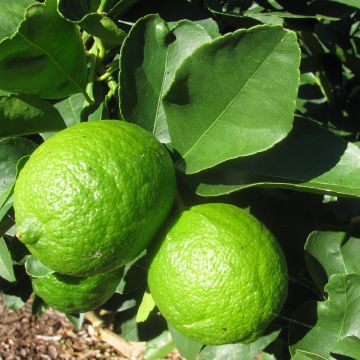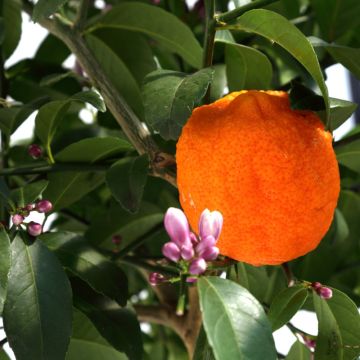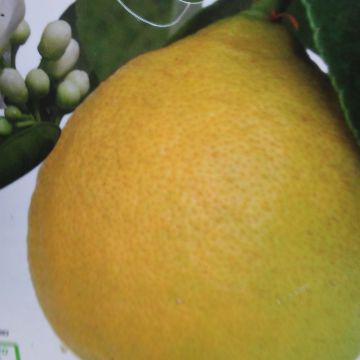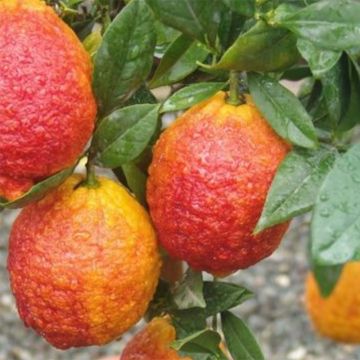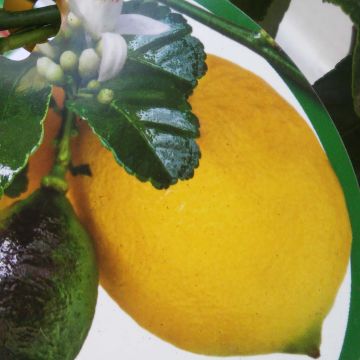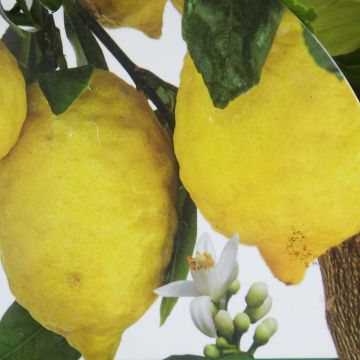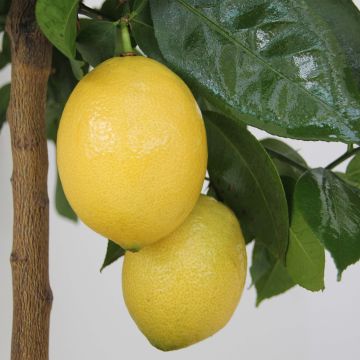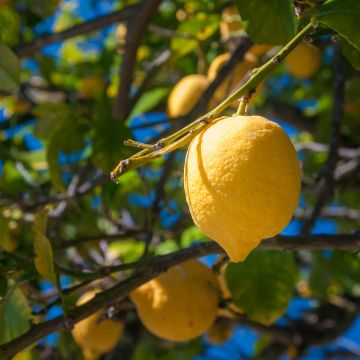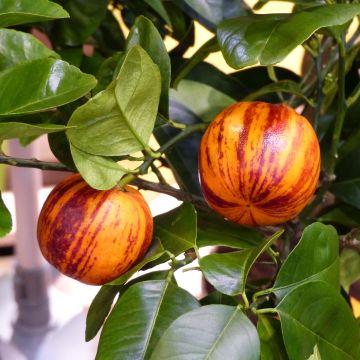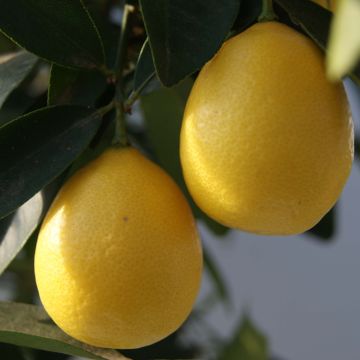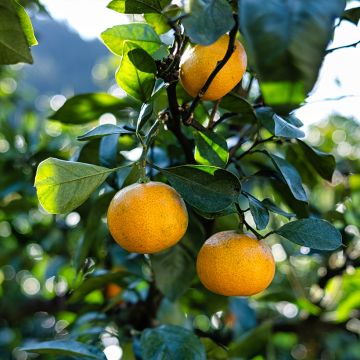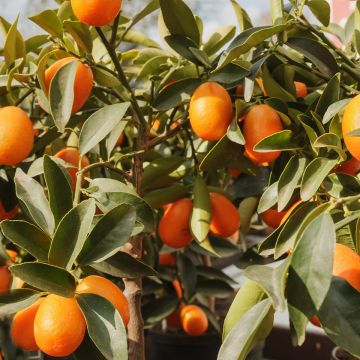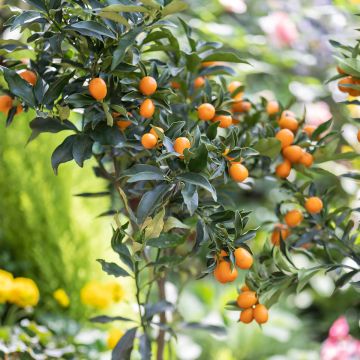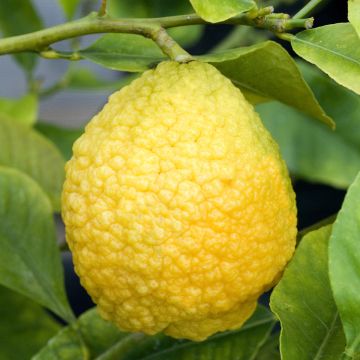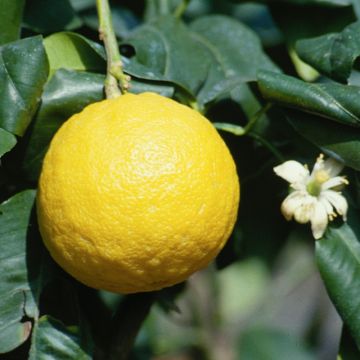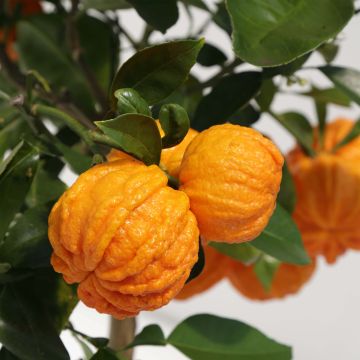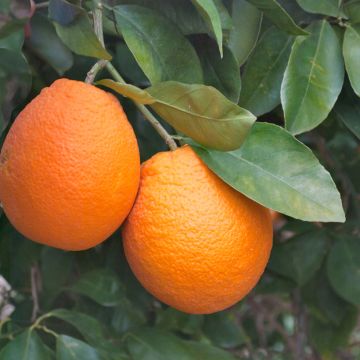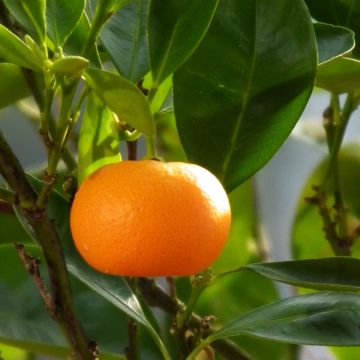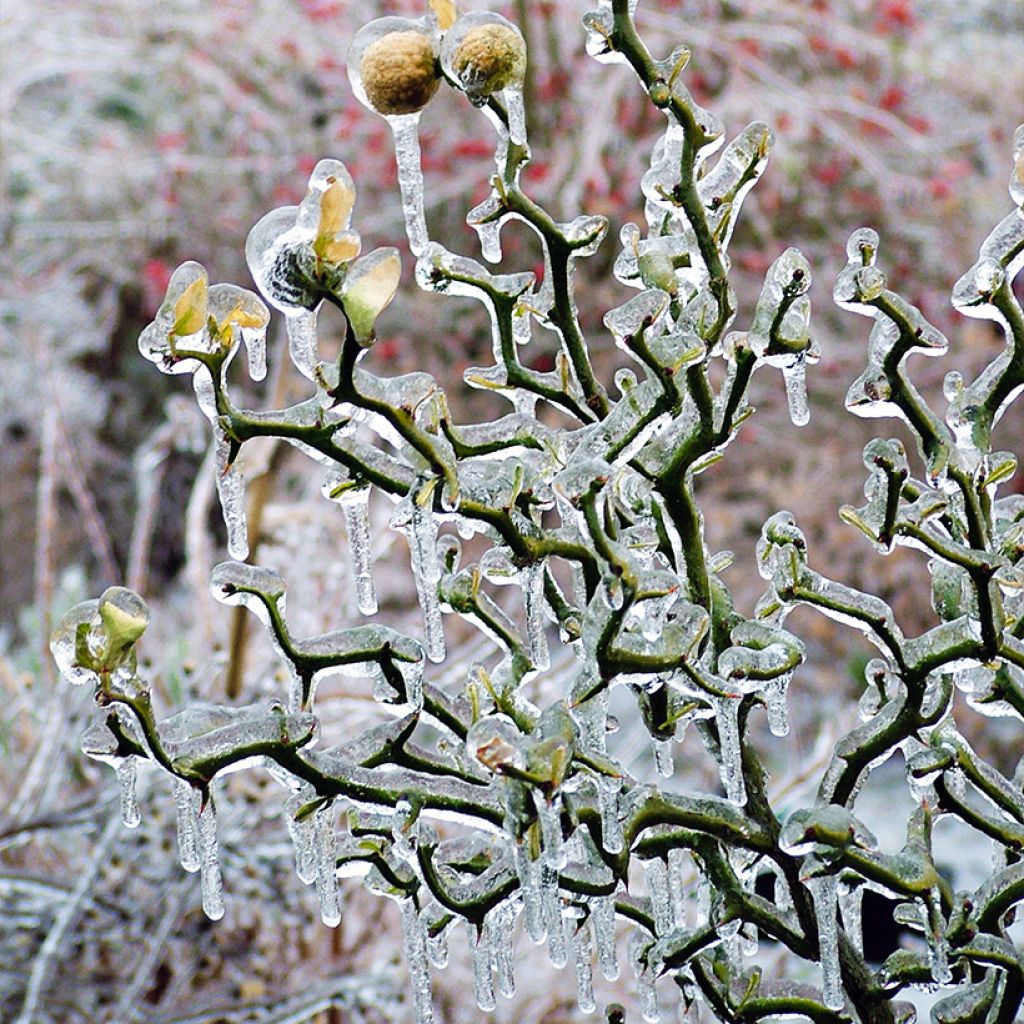

Poncirus trifoliata Flying Dragon - Citronnier épineux
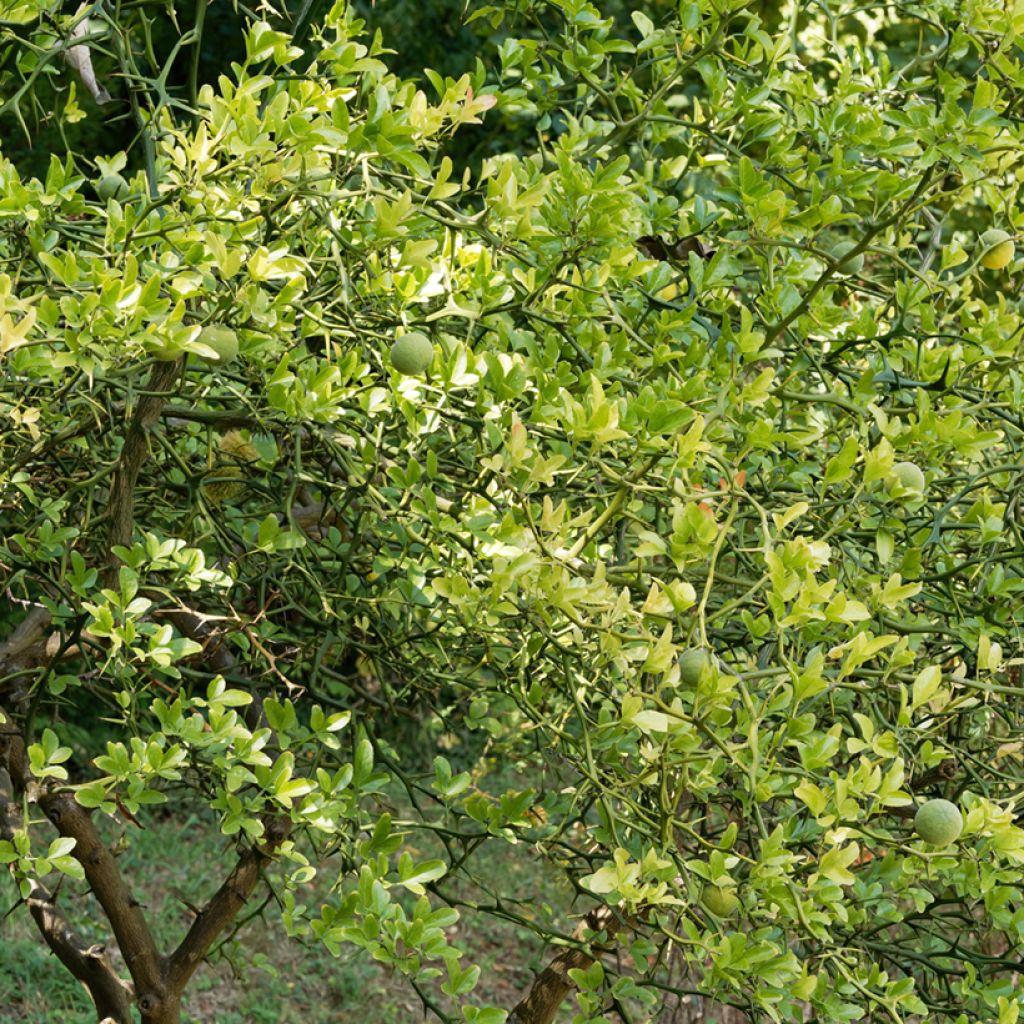

Poncirus trifoliata Flying Dragon - Citronnier épineux
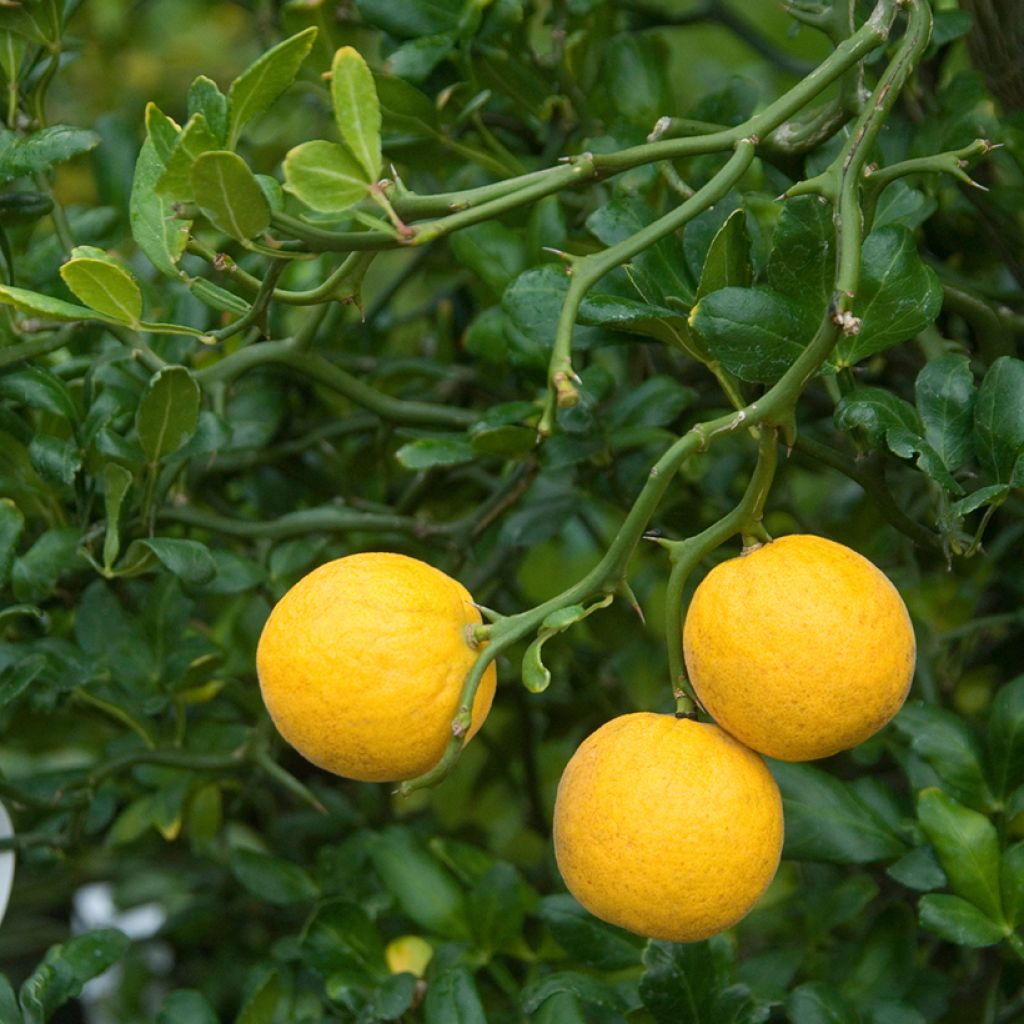

Poncirus trifoliata Flying Dragon - Citronnier épineux
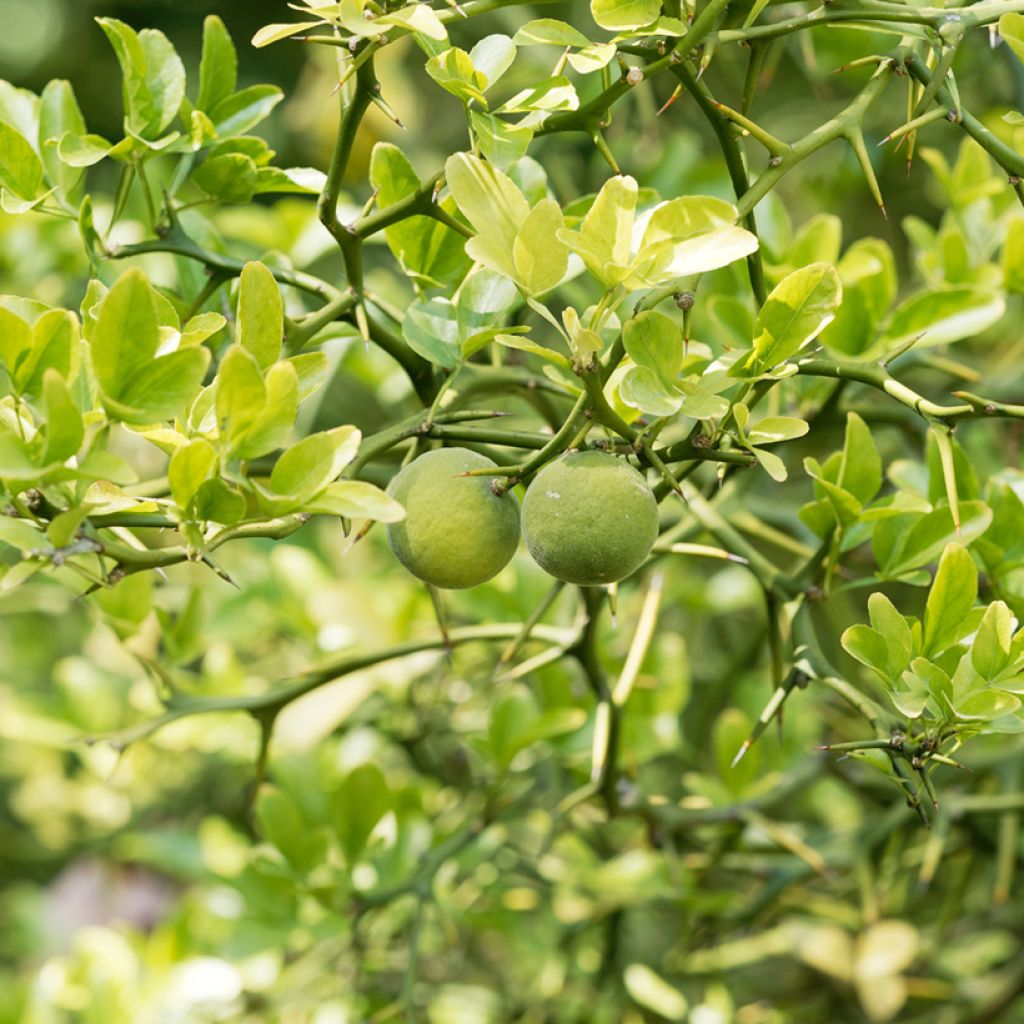

Poncirus trifoliata Flying Dragon - Citronnier épineux
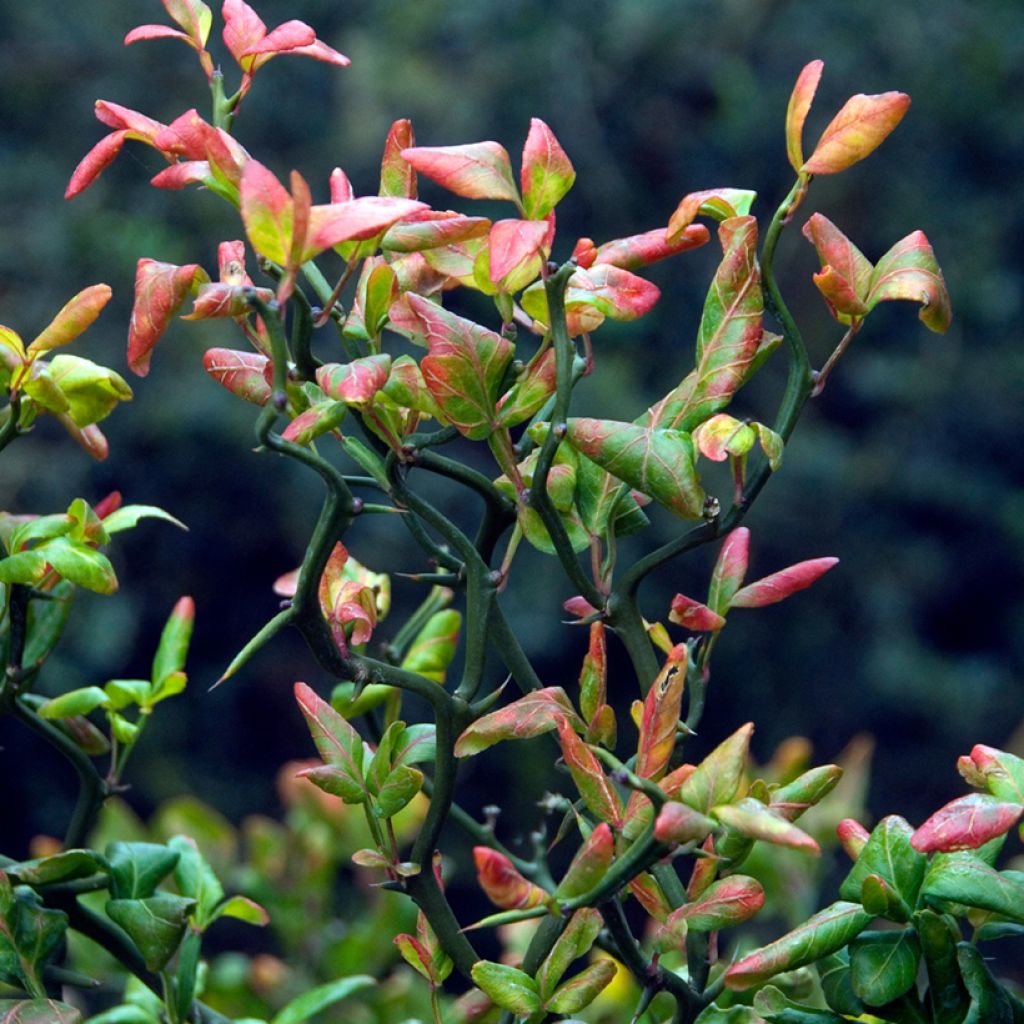

Poncirus trifoliata Flying Dragon - Citronnier épineux
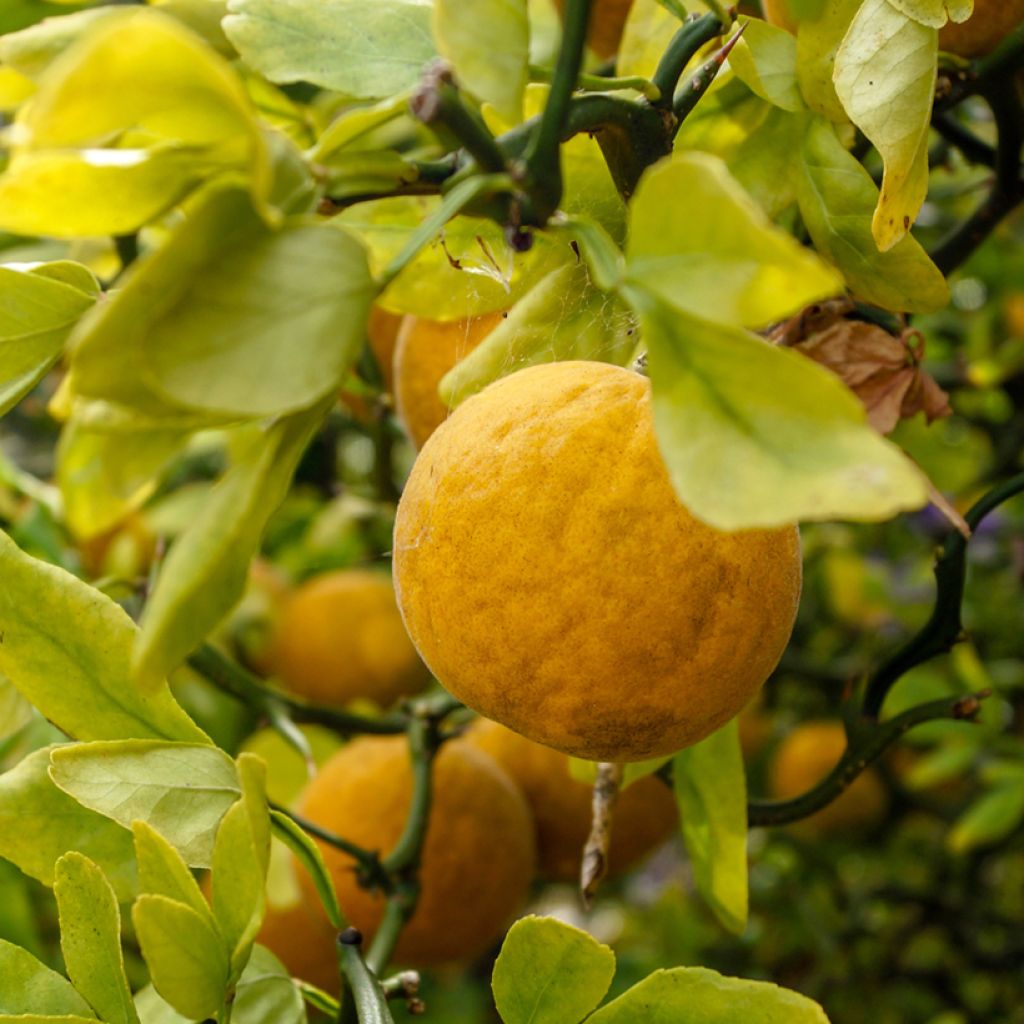

Poncirus trifoliata Flying Dragon - Citronnier épineux
Poncirus trifoliata Flying Dragon
Poncirus trifoliata Flying Dragon
Japanese Bitter-Orange, Trifoliate Orange
Why not try an alternative variety in stock?
View all →This plant carries a 24 months recovery warranty
More information
We guarantee the quality of our plants for a full growing cycle, and will replace at our expense any plant that fails to recover under normal climatic and planting conditions.
From €5.90 for pickup delivery and €6.90 for home delivery
Express home delivery from €8.90.
Delivery to Corse prohibited: UE law prohibits the import of this plant from mainland France to Corse as part of the fight against Xylella fastidiosa. Please accept our sincere apologies.
More information
Does this plant fit my garden?
Set up your Plantfit profile →
Description
Poncirus trifoliata 'Flying Dragon', also known as Japanese bitter-orange, is one of the very few citrus trees that is truly hardy, allowing it to find its place in almost every garden. This shrub has a distinctly upright habit, often developing several undulating branches that give it its tortuous appearance, making it easily identifiable. It is very ornamental, both due to its unique habit and its lightly scented white spring flowers, which then evolves into decorative fruits resembling small yellow mandarins that are barely orange, but not edible. In autumn, its foliage takes on beautiful colours before falling, revealing the aesthetic appeal of its green thorny branches throughout the winter. This small young plant can be grown in full sun, in well-drained, non-calcareous soil.
Poncirus trifoliata (synonymous with Citrus trifoliata) belongs to the Rutaceae family, which includes about 150 plant genera, the most well-known being the large group of citrus trees, primarily from the genus Citrus, as well as Fortunella. The 'Flying Dragon' Poncirus is a tortuous variety, less vigorous than the species. It is a shrub with a distinctly upright habit and a relatively slow growth rate, typically reaching 2m (7ft) in height, or slightly more, with a significantly narrower width, around 1.30 to 1.40m. Its twisted branches undulate upwards, creating a tortuous pattern, further enhanced by the numerous perpendicular thorns that add more angles to this already tormented architectural form! In spring, beautiful, small, tender green trifoliate leaves appear, accompanied by lovely white flowers with 5 petals, which are slightly less fragrant than those of edible fruit citrus trees. Over the months, these flowers become spherical decorative fruits resembling miniature oranges. These are slightly orange-yellow in colour, with a diameter of 4 to 5cm. While not edible due to their acidity, their peel can still be used in cooking. In autumn, this small shrub stands out with its superbly coloured foliage, transitioning from green to yellow, and even to vermilion red, depending on the intensity of the cold nights.
Poncirus trifoliata 'Flying Dragon' is a standout plant within the large family of citrus trees, even though its general characteristics - green wood, thorns, flowers, fruits and aroma - are indeed the same as those of Citrus trees in general. It is primarily planted for its ornamental nature. A contrast in temperature between day and night in autumn helps enhance its autumn colours. However, be cautious of its thorns, which can be dangerous to children's eyes, as they are inevitably attracted to its fruits. It is advisable to plant it away from highly trafficked areas, and instead position it amongst other bushes in a flowerbed. You can also associate it with the beautiful Hibiscus syriacus, whose large flowers in various colours (depending on the variety) and complement the slightly exotic appearance of the 'Flying Dragon'. Blooming at the same time, lilacs will also make good companions. Or choose a plant with purple foliage, such as Lagerstroemia indica Black Solitaire Best Red, to create a strong contrast during the season and enjoy its beautiful summer flowering.
Report an error about the product description
Poncirus trifoliata Flying Dragon in pictures
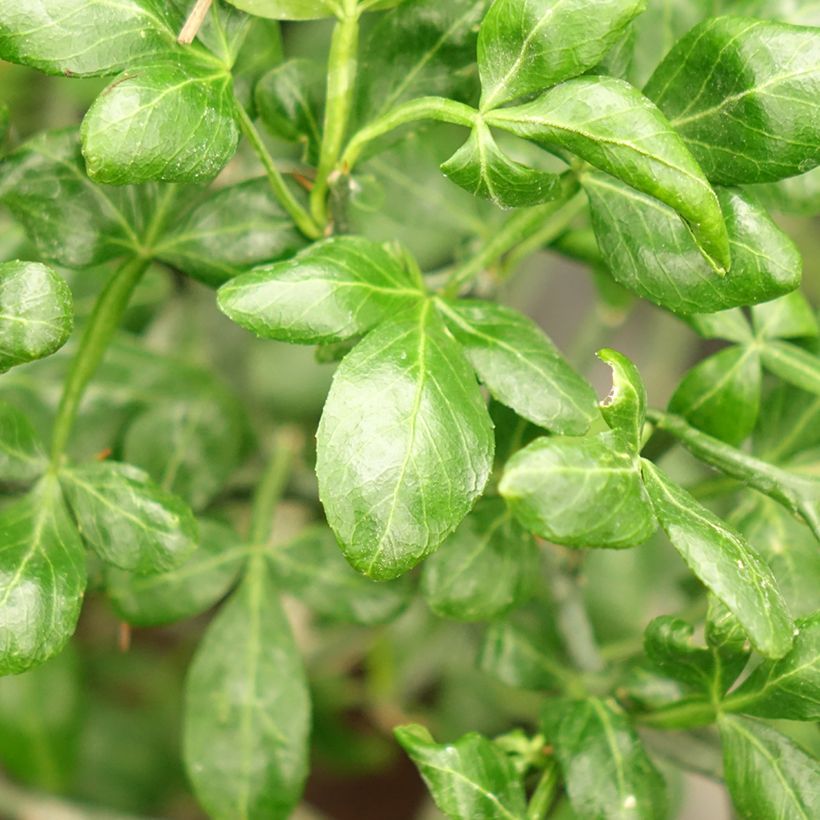

Plant habit
Flowering
Foliage
Botanical data
Poncirus
trifoliata
Flying Dragon
Rutaceae
Japanese Bitter-Orange, Trifoliate Orange
Cultivar or hybrid
Other Lemon trees
Planting and care
Hardy and easy to grow, Poncirus trifoliata 'Flying Dragon' grows in full sun, in well-draining, acid to neutral soil. It is sensitive to limestone and heavy, waterlogged soils in winter. Although hardy, tolerating temperatures down to around -18°C, it is advisable to provide some protection from cold winter winds. Choose a position near a wall or in the middle of a bed among other plants, but do not plant near a door or pathway due to its stiff and sharp thorns.
Dig a planting hole of 50 cm (20in) in all dimensions, or more if your soil is somewhat compacted. In this case, place a layer of stones or large gravel at the bottom to improve drainage. Soak the root ball in a bucket for 15 minutes, and during this time, mix ericaceous soil (pH 5.5 to 6) with the existing soil. Position the root ball in the hole, backfill all around, and water thoroughly. Water regularly during the first year and in summer.
Planting period
Intended location
Care
-
, onOrder confirmed
Reply from on Promesse de fleurs
Citrus trees
Haven't found what you were looking for?
Hardiness is the lowest winter temperature a plant can endure without suffering serious damage or even dying. However, hardiness is affected by location (a sheltered area, such as a patio), protection (winter cover) and soil type (hardiness is improved by well-drained soil).

Photo Sharing Terms & Conditions
In order to encourage gardeners to interact and share their experiences, Promesse de fleurs offers various media enabling content to be uploaded onto its Site - in particular via the ‘Photo sharing’ module.
The User agrees to refrain from:
- Posting any content that is illegal, prejudicial, insulting, racist, inciteful to hatred, revisionist, contrary to public decency, that infringes on privacy or on the privacy rights of third parties, in particular the publicity rights of persons and goods, intellectual property rights, or the right to privacy.
- Submitting content on behalf of a third party;
- Impersonate the identity of a third party and/or publish any personal information about a third party;
In general, the User undertakes to refrain from any unethical behaviour.
All Content (in particular text, comments, files, images, photos, videos, creative works, etc.), which may be subject to property or intellectual property rights, image or other private rights, shall remain the property of the User, subject to the limited rights granted by the terms of the licence granted by Promesse de fleurs as stated below. Users are at liberty to publish or not to publish such Content on the Site, notably via the ‘Photo Sharing’ facility, and accept that this Content shall be made public and freely accessible, notably on the Internet.
Users further acknowledge, undertake to have ,and guarantee that they hold all necessary rights and permissions to publish such material on the Site, in particular with regard to the legislation in force pertaining to any privacy, property, intellectual property, image, or contractual rights, or rights of any other nature. By publishing such Content on the Site, Users acknowledge accepting full liability as publishers of the Content within the meaning of the law, and grant Promesse de fleurs, free of charge, an inclusive, worldwide licence for the said Content for the entire duration of its publication, including all reproduction, representation, up/downloading, displaying, performing, transmission, and storage rights.
Users also grant permission for their name to be linked to the Content and accept that this link may not always be made available.
By engaging in posting material, Users consent to their Content becoming automatically accessible on the Internet, in particular on other sites and/or blogs and/or web pages of the Promesse de fleurs site, including in particular social pages and the Promesse de fleurs catalogue.
Users may secure the removal of entrusted content free of charge by issuing a simple request via our contact form.
The flowering period indicated on our website applies to countries and regions located in USDA zone 8 (France, the United Kingdom, Ireland, the Netherlands, etc.)
It will vary according to where you live:
- In zones 9 to 10 (Italy, Spain, Greece, etc.), flowering will occur about 2 to 4 weeks earlier.
- In zones 6 to 7 (Germany, Poland, Slovenia, and lower mountainous regions), flowering will be delayed by 2 to 3 weeks.
- In zone 5 (Central Europe, Scandinavia), blooming will be delayed by 3 to 5 weeks.
In temperate climates, pruning of spring-flowering shrubs (forsythia, spireas, etc.) should be done just after flowering.
Pruning of summer-flowering shrubs (Indian Lilac, Perovskia, etc.) can be done in winter or spring.
In cold regions as well as with frost-sensitive plants, avoid pruning too early when severe frosts may still occur.
The planting period indicated on our website applies to countries and regions located in USDA zone 8 (France, United Kingdom, Ireland, Netherlands).
It will vary according to where you live:
- In Mediterranean zones (Marseille, Madrid, Milan, etc.), autumn and winter are the best planting periods.
- In continental zones (Strasbourg, Munich, Vienna, etc.), delay planting by 2 to 3 weeks in spring and bring it forward by 2 to 4 weeks in autumn.
- In mountainous regions (the Alps, Pyrenees, Carpathians, etc.), it is best to plant in late spring (May-June) or late summer (August-September).
The harvesting period indicated on our website applies to countries and regions in USDA zone 8 (France, England, Ireland, the Netherlands).
In colder areas (Scandinavia, Poland, Austria...) fruit and vegetable harvests are likely to be delayed by 3-4 weeks.
In warmer areas (Italy, Spain, Greece, etc.), harvesting will probably take place earlier, depending on weather conditions.
The sowing periods indicated on our website apply to countries and regions within USDA Zone 8 (France, UK, Ireland, Netherlands).
In colder areas (Scandinavia, Poland, Austria...), delay any outdoor sowing by 3-4 weeks, or sow under glass.
In warmer climes (Italy, Spain, Greece, etc.), bring outdoor sowing forward by a few weeks.

































